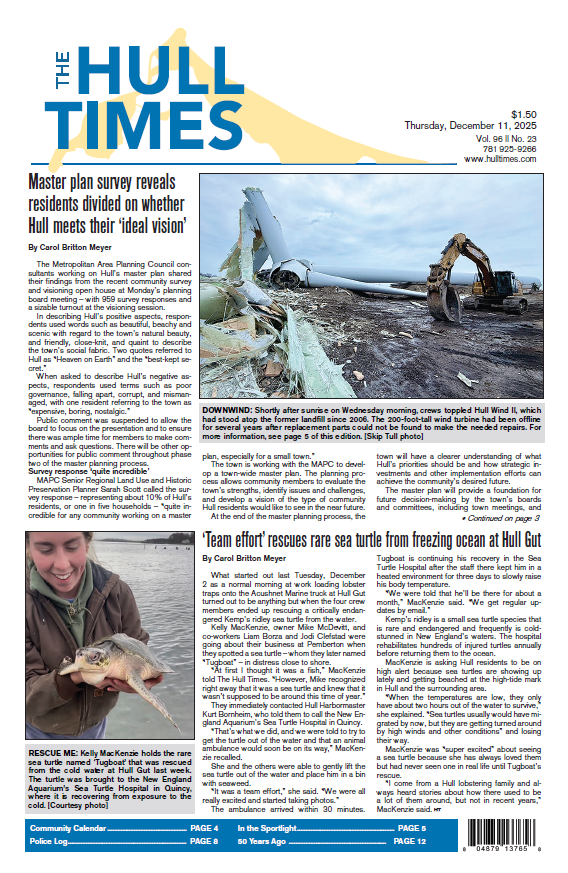Massport to invest $1B in air- and seaport expansion
/By Colin A. Young
State House News Service
The Massachusetts Port Authority is planning to issue more than $1 billion in new debt over the coming years as it embarks on a series of projects designed to accommodate more passenger flights, larger cruise ships, and larger container vessels in Boston.
Speaking this week to a conference of investors who could buy some of the agency's debt, acting MassPort CEO John Pranckevicius touted some of the projects planned for Logan International Airport, Conley Container Terminal in South Boston, and the Ray Flynn Cruiseport as boons to the local economy and products of the economy's recent success.
At Logan, a roughly $750 million project will include an expansion of the international terminal and the reconfiguration of other terminals and gates, and a $250 million project seeks to redesign the roadways that service the busiest terminals.
"We have a workforce that has a tendency to do a lot of travel," Pranckevicius said, also pointing out the state's low unemployment rate and high income levels. "That economic stimulus generated from the policies here in Massachusetts are driving a lot of the airlines to add more service."
The expansions come while Logan prepares for some of its largest carriers – JetBlue, Delta, Southwest, and United – to increase the number of their daily flights to or from Boston.
Pranckevicious said Logan is on pace to serve 40.8 million passengers in 2018. In the next seven to 10 years, he said, Logan's annual passenger count is expected to jump to 50 million.
"We have a robust economy driving strong demand for air travel to and from Boston and from that demand, our airline business partners are seeing strong returns on their investments at Boston," Dan Gallagher, MassPort's director of aviation business and finance, said.
MassPort is also in the midst of investing about $850 million in the Conley shipping terminal – including the dredging of the harbor channel, the addition of a new berth at the terminal, and the purchase of new ship-to-shore cranes – to allow it to accommodate larger ships that carry more containers.
"As the global shipping industry evolves, in order to make sure that these assets continue to be a significant economic engine, we have put in place a plan to invest more than $850 million to adapt to the changing global industry," port director Lisa Wieland said. "That's because the businesses in New England and here in the commonwealth rely on Conley Terminal to connect to the global economy. It is New England's only full-service container terminal."
When the widened Panama Canal opened to ship traffic in 2016, Wieland said, shipping lines immediately began sending larger ships to Boston. Before the canal expansion, ships generally carried 4,000 to 6,000 containers. Weiland said once the canal expansion was complete, the terminal began serving ships carrying 8,000 to 9,000 containers.
"And the conversations we're having with the shipping lines, they're telling us to be ready for even bigger ships," she said.
Across the Reserve Channel, at the Ray Flynn Cruiseport, MassPort is developing plans that will allow larger ships to be homeported in Boston, rather than just visiting the city as a port of call. The port served a record 389,000 passengers on 152 ship calls last season, according to Wieland, and the cruise lines are eager to expand in Boston.
"Our growth has been basically outpacing the industry overall and beating the forecast we did a few years ago," she said. "The cruise lines continue to talk about new itineraries and larger ships in this market."











